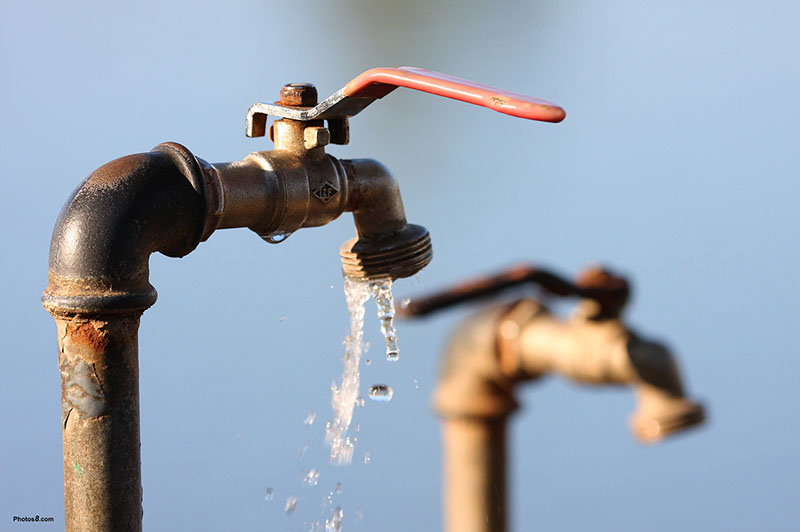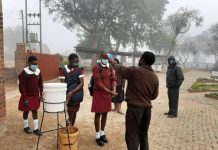Chiedza Mazhindu stood outside her apartment block in Mbare, a densely populated suburb of Zimbabwe’s capital, Harare, waiting for a truck.
The 55-year-old is a volunteer at Mbare’s hand-washing stations, so when that water delivery truck arrived – to fill up a 200-litre tank used by thousands of local residents – Mazhindu began to sanitise the delivery, ensuring there was enough detergent mixed into the water.
“Most people cannot afford to buy soap amid shortages of clean water here in Mbare,” said the mother-of-four. For the past five years, she added, she has only had access to running tap water an average of three times a week.
As incomes across the country continue to fall, basics such as soap and hand sanitiser are too expensive for most. The lack of access to running water and soap means that most of Harare’s residents fetch it from open wells in the wetlands, while others head to the area’s few community boreholes, where they risk contracting COVID-19 due to overcrowding, complicating Zimbabwe’s fight against the virus.
Over 200 people in the southern African country have now died from coronavirus, while more than 7,000 people have been infected. Harare, the epicentre of the crisis, is struggling to provide water to its more than 2 million population, blaming poor infrastructure and the impact of a two-year drought that has seen water levels drop in Lake Chivero, the capital’s main water source.
Harare has a demand of about 1.2 billion litres per day, yet the city is only pumping an average of 170 million litres. In some suburbs, private companies are cashing in with home deliveries, but only for the small amount who can afford it.
“Water is a perennial problem that we need to solve,” the city’s new mayor, Jacob Mafume, recently said on Harare’s official Facebook page.
“What we have at the moment is that we have two dams that have run dry and we have a plant that we had to decommission. That has put pressure on the two sources of water that is Manyame and Lake Chivero. Yes we have been managing, there has been water to some suburbs, but we are not where we ought to be. We ought to do better.”
In Bulawayo, Zimbabwe’s second largest city, some residents have spent up to three months without running tap water, as reservoirs run dry – at least partially – because of global warming.






